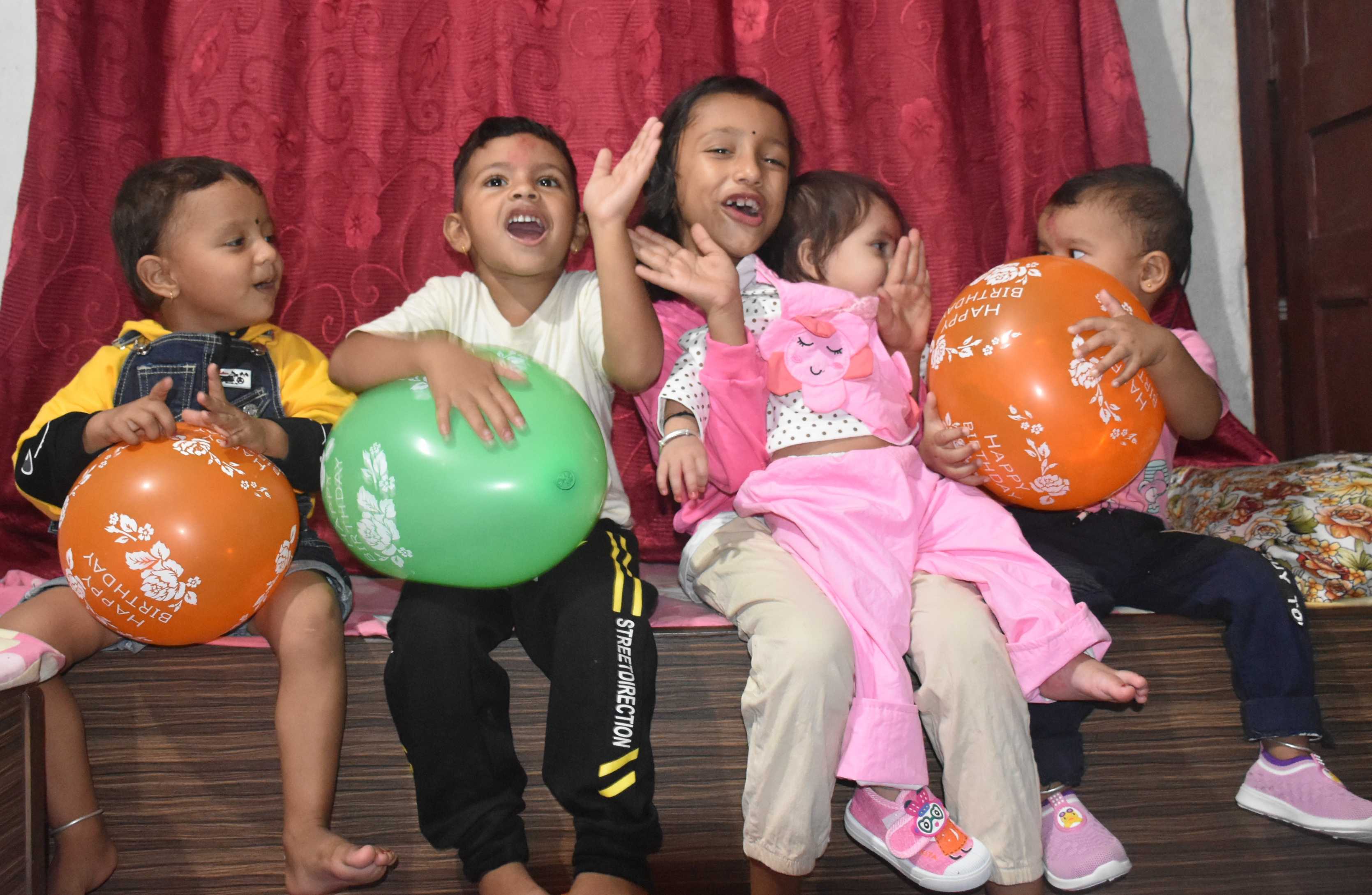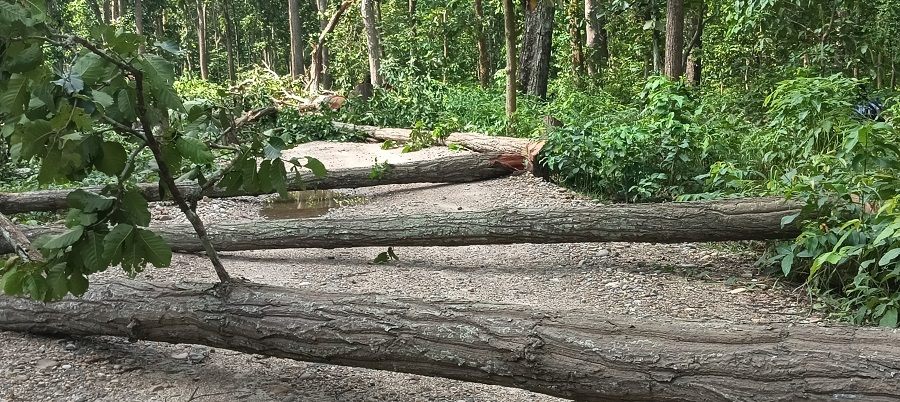
 Asia-Pacific gender/biodiversity workshop in Bangkok
Asia-Pacific gender/biodiversity workshop in BangkokSource: UNEP[/caption] Women are users and custodians of biodiversity. In some countries like Bolivia, Colombia, Peru, Viet Nam, India, and Indonesia; women are working for the improvement and storage of seeds and livestock management. More than 400 million women farm globally controlling about 60-80% of the world’s food production. Despite laws half, the world’s women are still not given land, property rights. Women owe less than 20% of the world’s titled land. Moving on from processes to policies, only 56% of national biodiversity strategies and action plans were found to contain gender keywords, this represents missed opportunities to integrate gender into biodiversity policy. This kind of gender imbalance results in men dominating environmental and biodiversity planning and policymaking. Dolakha District of Nepal has women based executive committee comprising 166 households, managing 152 ha of the forest as common property. Women are being recognized as important actors engaged in biodiversity conservation and management there. Gender inequalities increase the depletion and degradation of biodiversity. These gaps must be addressed through committed action. Incorporating a gender-responsive approach into biodiversity policy, planning, and programming. The inclusion of women scientists and gender expertise at all levels of policy-making and implementation is an urgent call for biodiversity conservation and its management.









Facebook Comments